**"Financial Mirage Behind the Youth Sports Oasis"**
MESA, Ariz.—When David Belfort sought a new home for the youth soccer club he runs, he found the perfect spot in his backyard: a sprawling facility lavishly equipped for every sport imaginable.
The venue, now called Arizona Athletic Grounds, is a $250 million monument to America’s youth-sports frenzy. It spans 280 acres where General Motors once tested cars under the desert sun.
The state-of-the-art complex features three large buildings, vast stretches of artificial turf and a 600-seat barbecue restaurant with a misted patio. It offers venues for volleyball, futsal, softball, dance, gymnastics and more; pro-level training, conditioning and rehab areas, plus cryotherapy and hyperbaric chambers, and a recovery lounge with zero-gravity chairs and compression leg boots.
High-tech scoreboards complement two dozen soccer fields, some with real grass.
“It’s just bananas. It feels like they built SoFi Stadium for pewee league football,” said Casey Cody, who organized futsal events there, referencing the home of the Los Angeles Rams and Chargers.
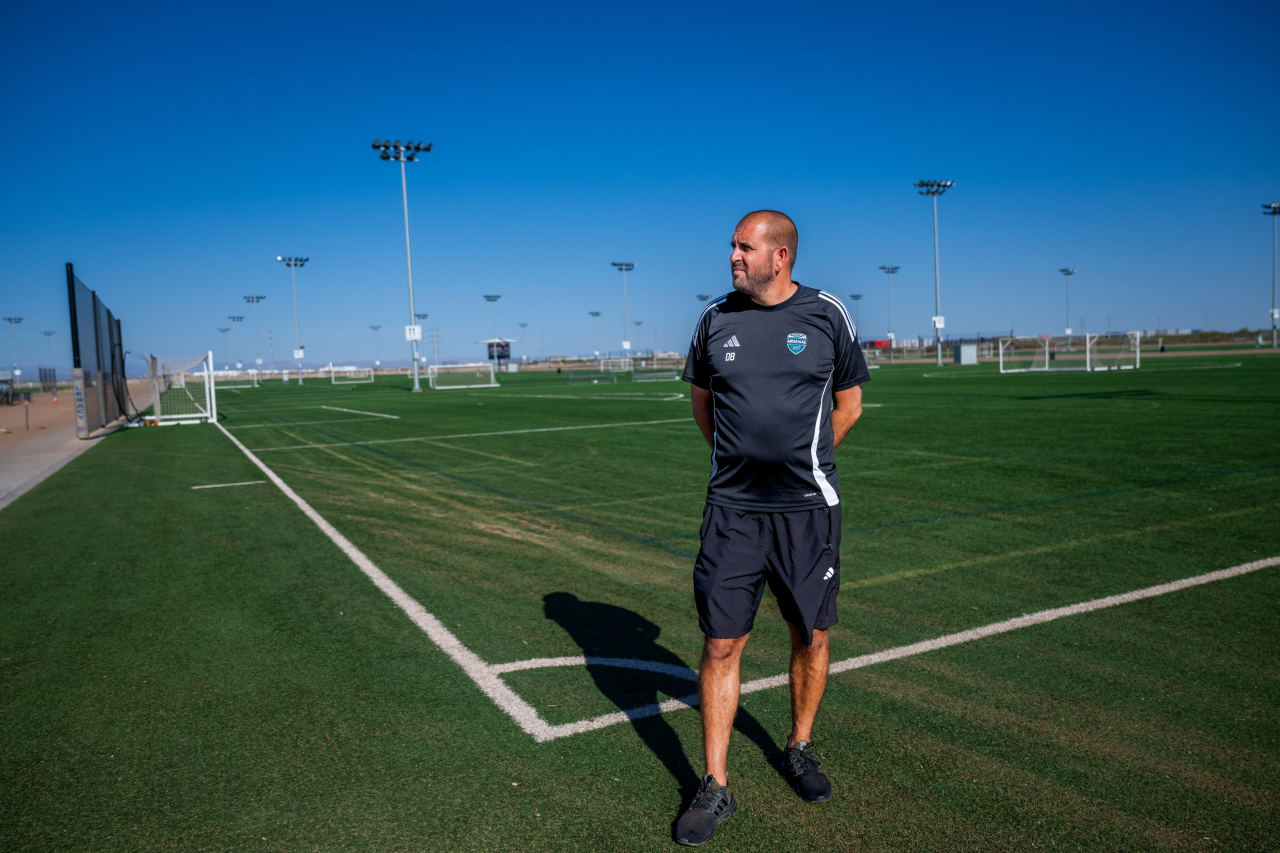
But behind the gleaming facade and eye-popping numbers—41 pickleball courts and 16 indoor basketball courts—lies fraud and deception, according to prosecutors, and one of the fastest implosions in municipal-bond history.
Randy and Chad Miller, the father-son developers, pleaded guilty to securities fraud and identity theft in May after allegedly masterminding a scheme to dupe municipal-bond investors.
Randy Miller is a former pool salesman. Both had played minor-league baseball. Trying to attract investors to their sports-center goal, prosecutors said they forged letters from athletic directors promising big crowds and high fees. They then fed those fake documents to an obscure corner of Wall Street, where money managers eagerly sought fresh debt.
Flush with hundreds of millions in bond proceeds, the pair built and decked out the venue, bought a house and two cars, and gave themselves each $100,000 bonuses, prosecutors said. They agreed to repay some of the money after another park official confronted them, according to prosecutors. Now, they must pay millions of dollars more in judgments and are scheduled for sentencing in August. Each could face up to seven years in prison.
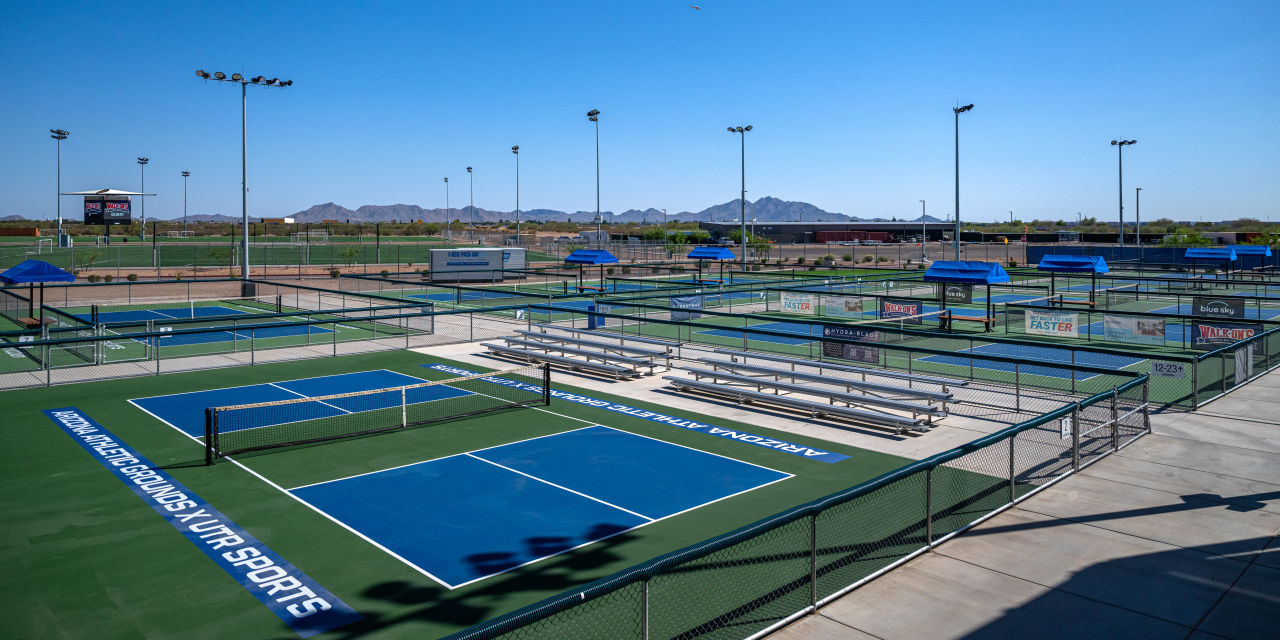
Now everyone from construction companies and the artificial-turf supplier to mutual-fund-owning households are taking losses. Some contractors are out millions. The park declared bankruptcy in May 2023, 15 months after opening, and a private-equity firm bought it for around $20 million, according to bankruptcy-court documents, less than a 10th of what it cost to build.
Neither of the Millers could be reached. An attorney for Randy Miller didn’t return a call for comment. Chad Miller’s attorney declined to comment.
‘Big dreams’
Randy Miller’s vision for the park was decades in the making, said Ryan Klosterman, owner of Tempe, Ariz-based Image Building Systems, which erected the steel structures on the site, a $9 million job for which he got shorted $350,000.
He recalls another of Randy’s sons, who wasn’t charged, leading a tour of the complex shortly after it opened. The son said that his father had kept a rendering of a youth-sports complex in his office since he was five years old.
“They were raised in an athletic family and this was a thing that the dad always wanted to bring to life,” said Klosterman, whose office wall now displays his own memorabilia of the facility: a laminated copy of the indictment against the Millers.
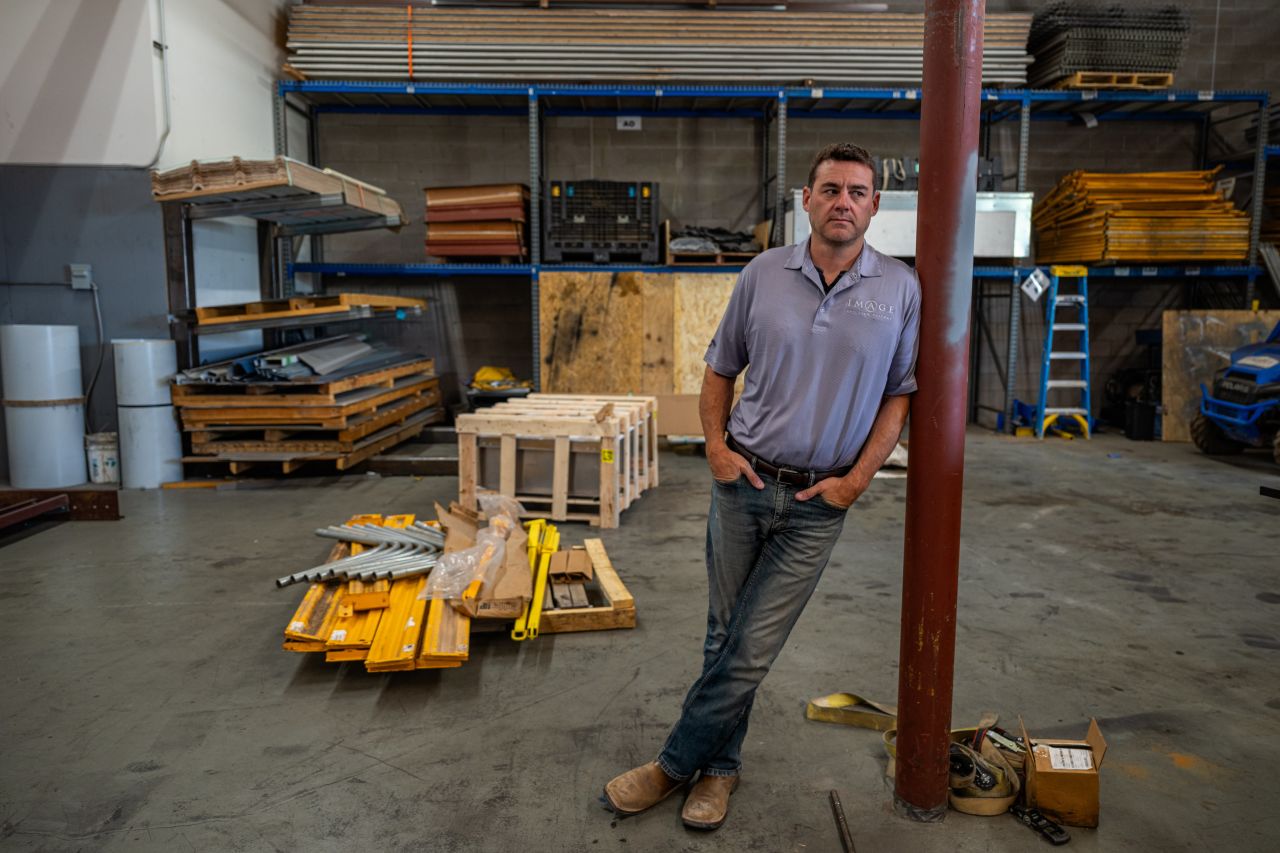
“It was very much driven not by any financial stuff and business people,” he added. “It was driven by athletes and people with big dreams.”
Wall Street money managers were initially skeptical, according to emails between their attorney and an executive at the investment bank arranging the sale. “What is the penetration of rugby among U.S. players?” one wondered.
To reassure money managers, the sports-park team gave them access to an online data room full of letters from athletic directors and league owners, prosecutors said. But the documents were fake.
One youth soccer organization purportedly planned to hold more than 30 tournaments at the park. A volleyball club pledged to move its entire operations there. A sports program for children with disabilities envisioned bringing in 5,000 people twice a year for a decade. Those pledges and dozens of others featured forged signatures and phony letterhead, prosecutors said.
Prosecutors said Chad Miller enlisted others in the hoax, and instructed a construction consultant to copy signatures. Some forms “need your ‘special touch,’ lol,” he wrote, according to court documents, which didn’t name the consultant.
Some big money managers passed. Ziegler, the Chicago-based bank packaging and selling the bonds, bought $23 million worth for itself. At one point, the attorney for Wall Street buyers of the bonds, a Greenberg Traurig lawyer, asked whether the group behind the park would still have enough money to pay him if the deal collapsed. “Rude question, I know,” he added apologetically. As it turned out, more than a dozen investment firms signed on, delivering the long-awaited financing for Randy Miller’s dream.
In a statement, Ziegler said it “was certainly not aware of any fabrication of any documents at the time of the bond offerings and has been fully cooperating with governmental authorities with respect to their investigations.”
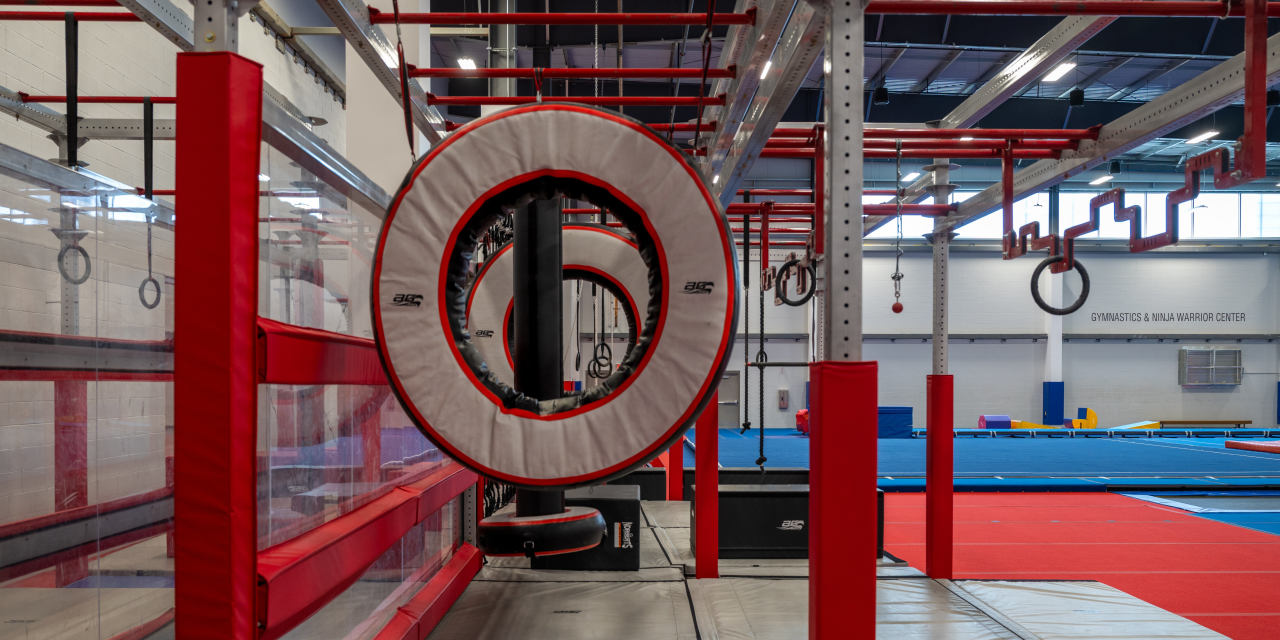
No one involved in selling the sports-park debt risked their own cash long term. Ziegler, which was paid $5 million to underwrite the deal, no longer holds any of the bonds, according to a person familiar with the matter. Money managers who bought the bonds, including investment giant Vanguard, put them in municipal-bond mutual funds, commonly held by wealthy households.
The bonds weren’t issued by a city or a county but by a state authority that transferred the money and responsibility for the debt payments to the sports park—and received a $1 million fee for its role in approving and facilitating the project. That group, the Arizona Industrial Development Authority, has since adopted more stringent guidelines for what borrowers it approves.
The bulk of bond proceeds went to the sports park and the Millers, who, according to prosecutors, promptly transferred some of the money to their personal account. Within a year, Randy spent $400,000 in bond proceeds on a new home, Chad bought himself a Cadillac Escalade, and the two purchased a Chevy Tahoe for another relative, prosecutors said.
At the sports park, money dried up fast. Payments to contractors stayed steady through fall 2021, but as the Millers pressed to finish the building by the year’s end, change orders piled up and funds stopped flowing. Now bondholders are getting back pennies on every dollar they invested.
‘Travel sports is a big business’
At Arizona Athletic Grounds, though, business is brisk, and the new management says it is moving toward profitability. The facility drew more than two million visitors last year, according to a spokesman.
Belfort’s youth soccer club, Arizona Arsenal, has grown to 1,500 players and hosted tournaments drawing hundreds of teams from as far away as Hawaii. “It was almost like winning the lottery,” he said of having the mega athletic complex built nearby.
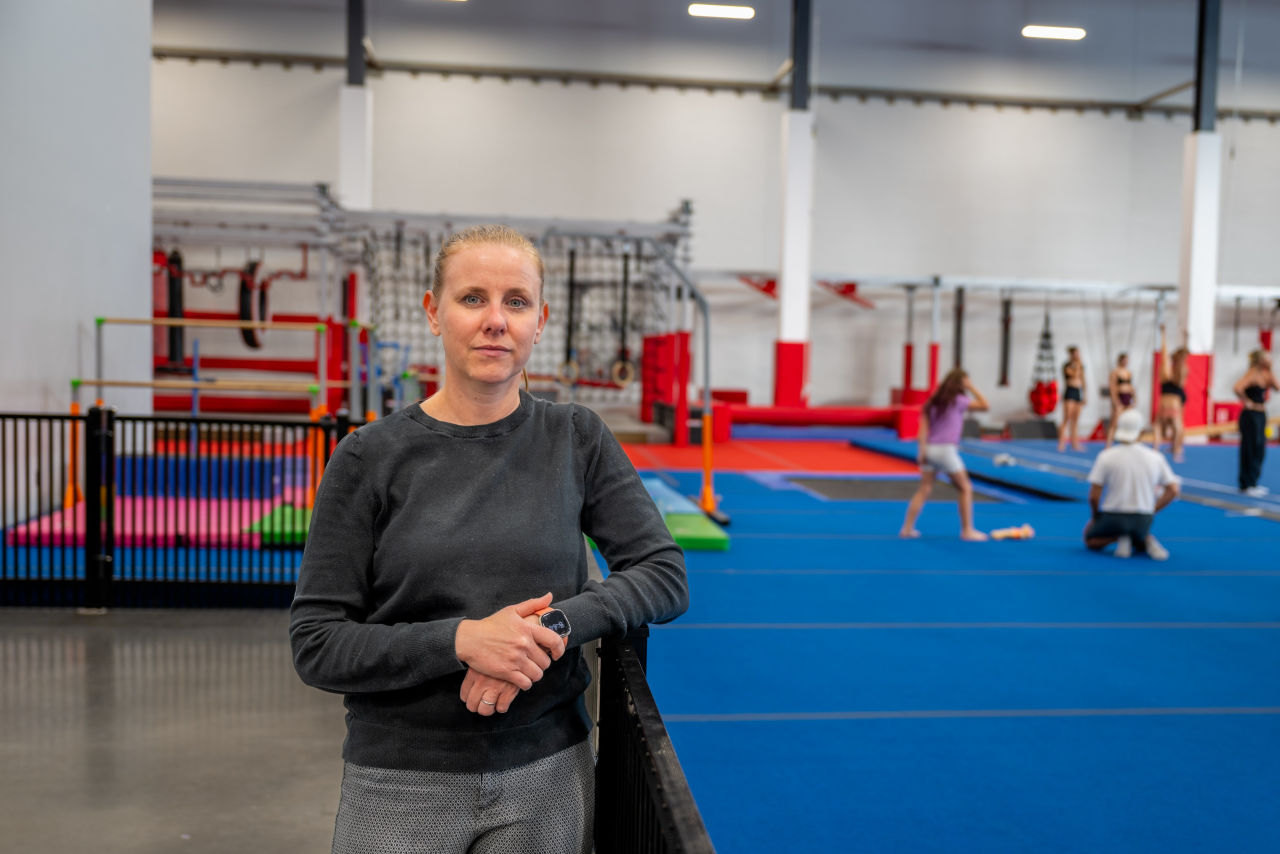
On a recent day, Tiffany Renwick, a physical therapist from neighboring Gilbert, ate a salad in a glassed-off visitors’ section as her 6-year-old son took a class on an American Ninja Warrior-style obstacle course along one wall of a cavernous gymnastics space. She comes four nights a week with her son and her 8-year-old daughter, who does dance, acrobatics and gymnastics there.
“I love that we can attend and do multiple activities without having to drive all over the valley,” Renwick said.
Mesa Mayor Mark Freeman said he has visited half a dozen times to watch his grandchildren play volleyball and have a bite to eat. He said the facility is now generating $30 million to $40 million in economic activity for the area.
“Travel sports is a big business,” he said, “and we are just fortunate to have a great premier facility in Mesa, Arizona.”
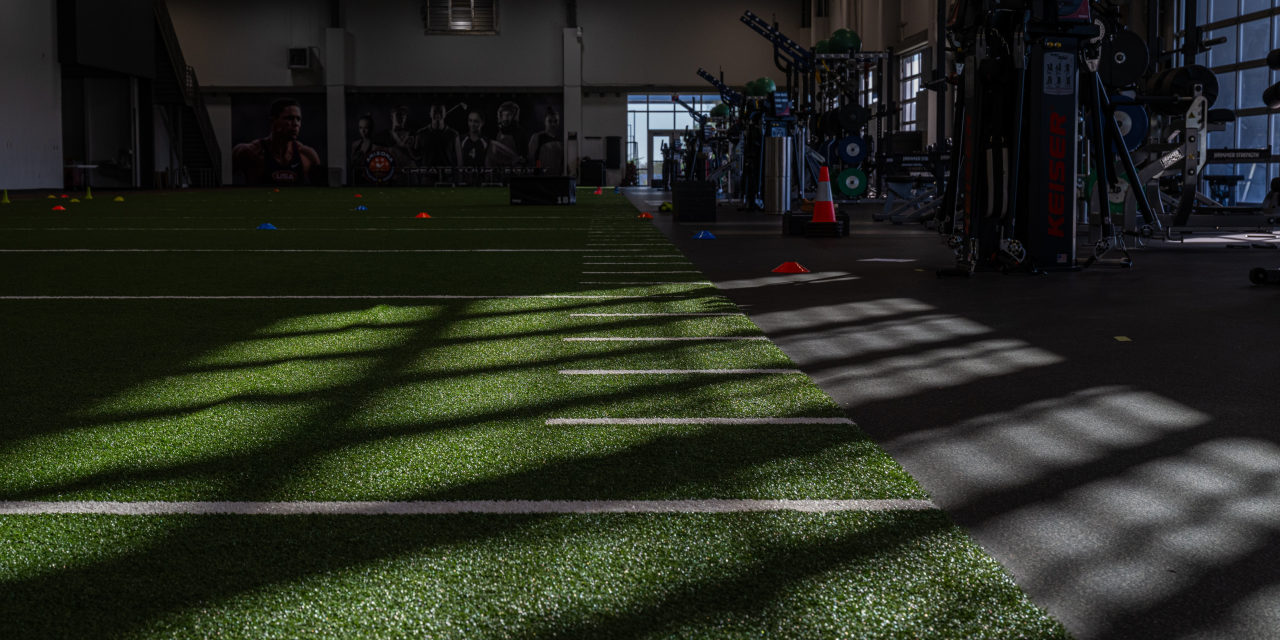
Write to Joe Barrett at Joseph.Barrett@wsj.com and Heather Gillers at heather.gillers@wsj.com
Post a Comment for "**"Financial Mirage Behind the Youth Sports Oasis"**"
Post a Comment